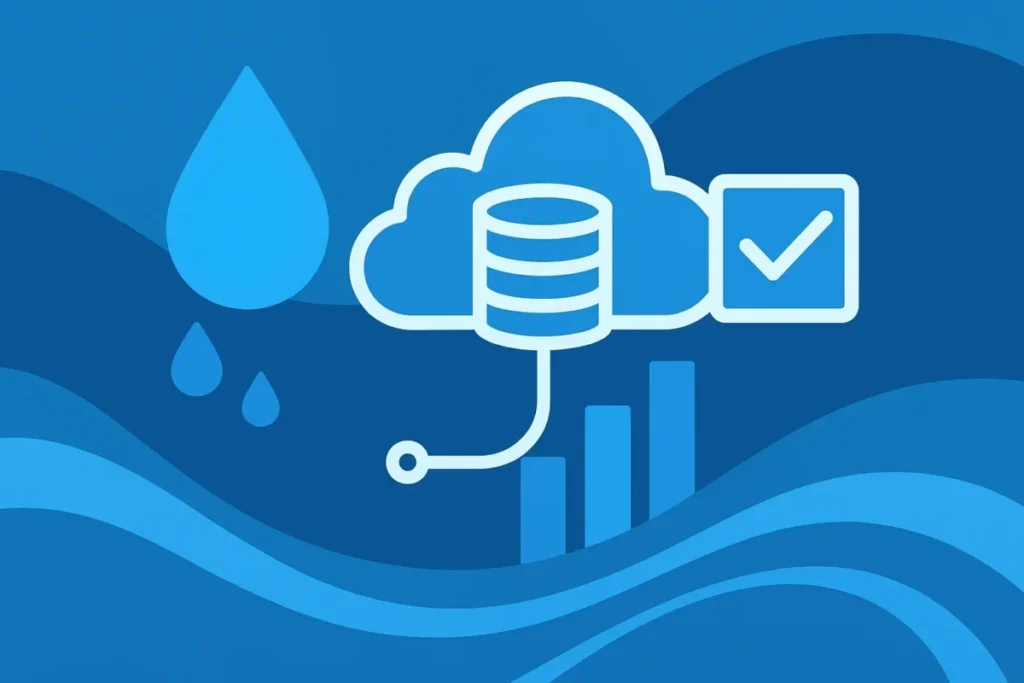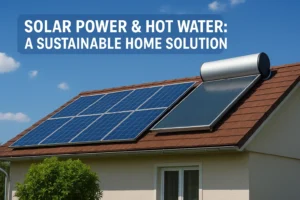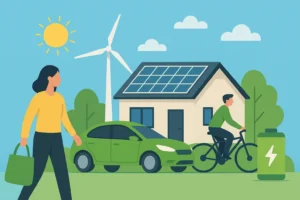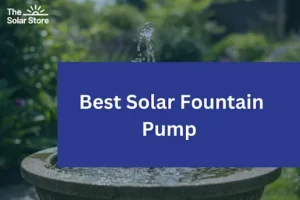The right platform for stormwater management helps streamline the inspection, monitoring, and management of stormwater systems, assuring compliance with regulations while reducing the risk of water-related issues. Regular inspections are crucial for verifying system performance, enabling you to take proactive measures before problems arise. Additionally, modern platforms often incorporate real-time data analysis, automated reporting, and predictive alerts, allowing operators to identify potential failures early.
By integrating historical data with current system metrics, these platforms also facilitate more effective planning, scheduling of maintenance, and allocation of resources. Let’s explore the key features to consider when selecting a reliable stormwater control platform.
Features and Effectiveness That Save Time
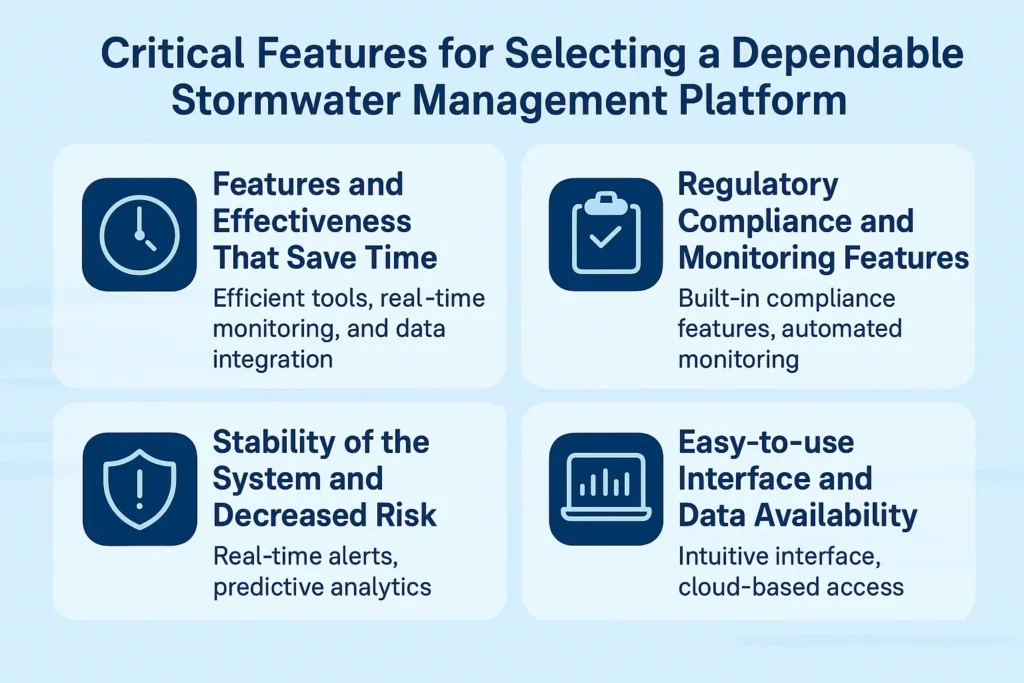
When selecting a platform for stormwater inspections, time-saving capabilities should be a primary consideration. Efficient tools within the platform can significantly reduce the time spent on manual inspections, reporting, and maintenance. By utilizing platforms with automated capabilities to handle repetitive tasks such as data collection, reporting, and compliance tracking, operators can focus on more critical issues.
Real-time monitoring and data integration further optimize efficiency. These platforms alert operators to system anomalies or compliance issues, enabling them to respond more quickly to potential failures or non-compliance risks. These platforms prompt problem-solving by providing users with immediate access to actionable data, thereby saving time and money.
Regulatory Compliance and Monitoring Features
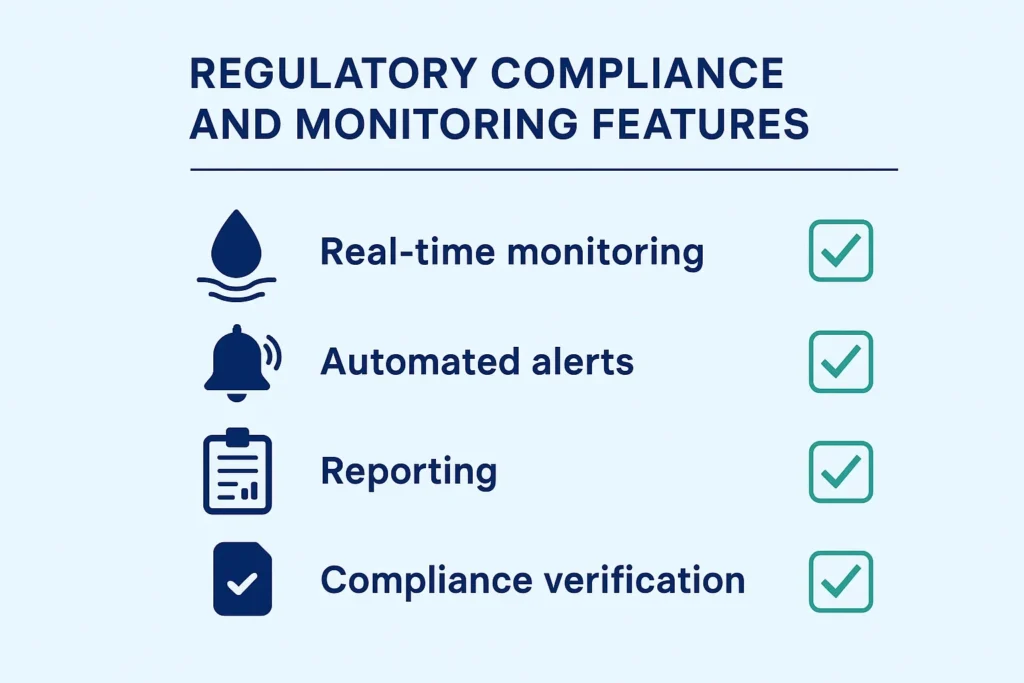
For any stormwater management platform, adherence to local regulations is paramount. Platforms designed with built-in compliance features help users stay up-to-date based on regulatory requirements. Features essential for maintaining compliance with environmental rules include real-time monitoring of water quality, runoff rates, and filtration criteria.
Automated monitoring capabilities are another key feature of modern platforms. These systems continuously monitor critical parameters, alerting operators to any deviations from compliance standards. Automated tracking and routine inspections help make sure that the platform meets or exceeds local requirements, providing you with peace of mind that your business activities are compliant with the law.
Stability of the System and Decreased Risk
Risk reduction is a fundamental aspect of stormwater management, and a reliable platform should integrate tools to minimize potential risks. Whether it’s monitoring the system’s integrity during extreme weather events or identifying system vulnerabilities, effective platforms provide the data needed to address risks proactively. By offering real-time alerts and predictive analytics, these platforms help operators anticipate system issues before they escalate into costly or damaging failures.
Additionally, built-in fail-safes, such as emergency alerts for system overloads, help reduce the risk of environmental harm or infrastructure damage. Platforms that monitor system resilience in adverse conditions can minimize the impact of heavy rainfall or extreme weather, protecting valuable infrastructure and reducing the risk of flooding.
Easy-to-use Interface and Data Availability
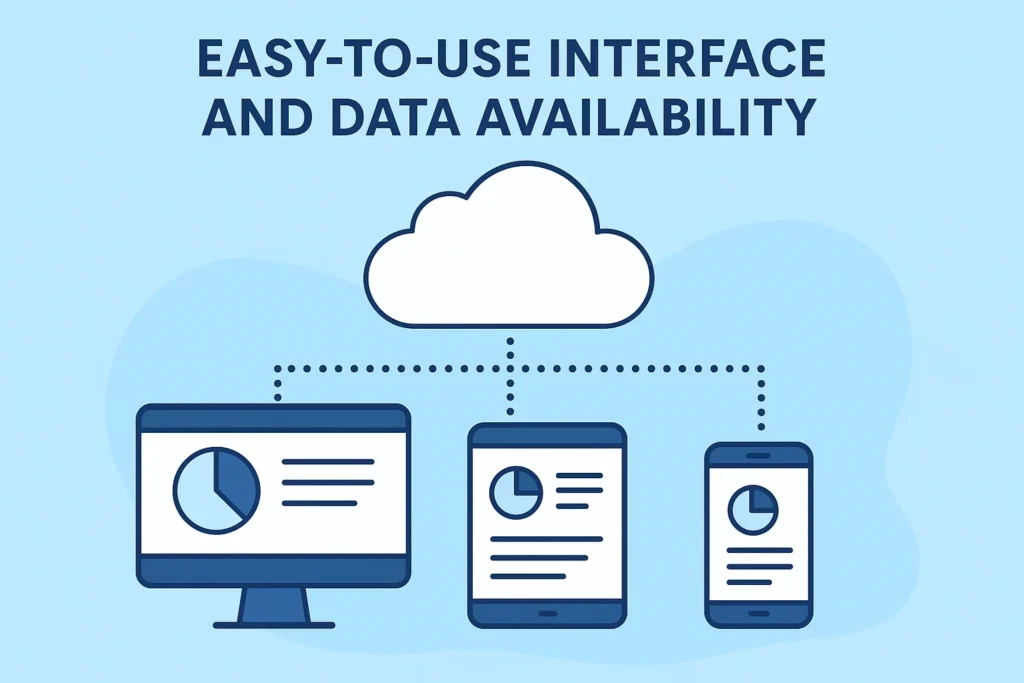
A key feature of any effective stormwater management platform is its user-friendly interface and ease of data accessibility. A platform with an intuitive, easy-to-navigate interface reduces the learning curve for operators and enables users to find the information they need quickly. This is especially crucial for teams that must efficiently maintain and monitor the system, despite possibly lacking specific technical skills.
The platform should also provide strong data accessibility, allowing users to examine compliance records, real-time monitoring data, and historical reports at their convenience. Cloud-based platforms, for example, allow users to access critical information from anywhere, offering greater flexibility and assuring that decision-makers have immediate access to necessary data.
Long-Term Support for Conservation and Upkeep
Long-term sustainability is a vital consideration when selecting a stormwater Control platform. The platform should offer features that facilitate ongoing system maintenance and continued performance, even under changing weather. Platforms that streamline maintenance tasks, such as automated inspection reminders and easy access to historical data, can help reduce operational disruptions.
Platforms equipped with time-saving automation, real-time monitoring, and weather-responsive alerts allow operators to assure the system runs smoothly while adhering to legal standards. Regular stormwater inspections, when paired with these advanced features, make sures the platform can manage both short-term and long-term needs. By focusing on these essential aspects, you can select a stormwater control solution that is both effective and adaptable, and assures continued compliance and system efficiency.






